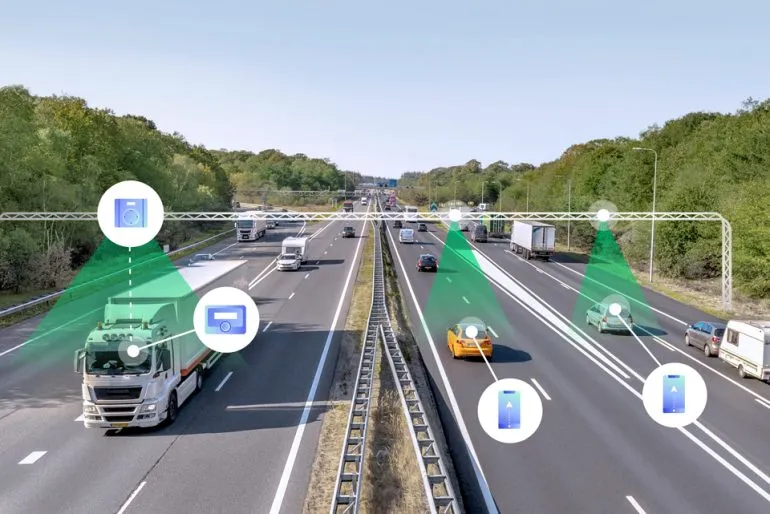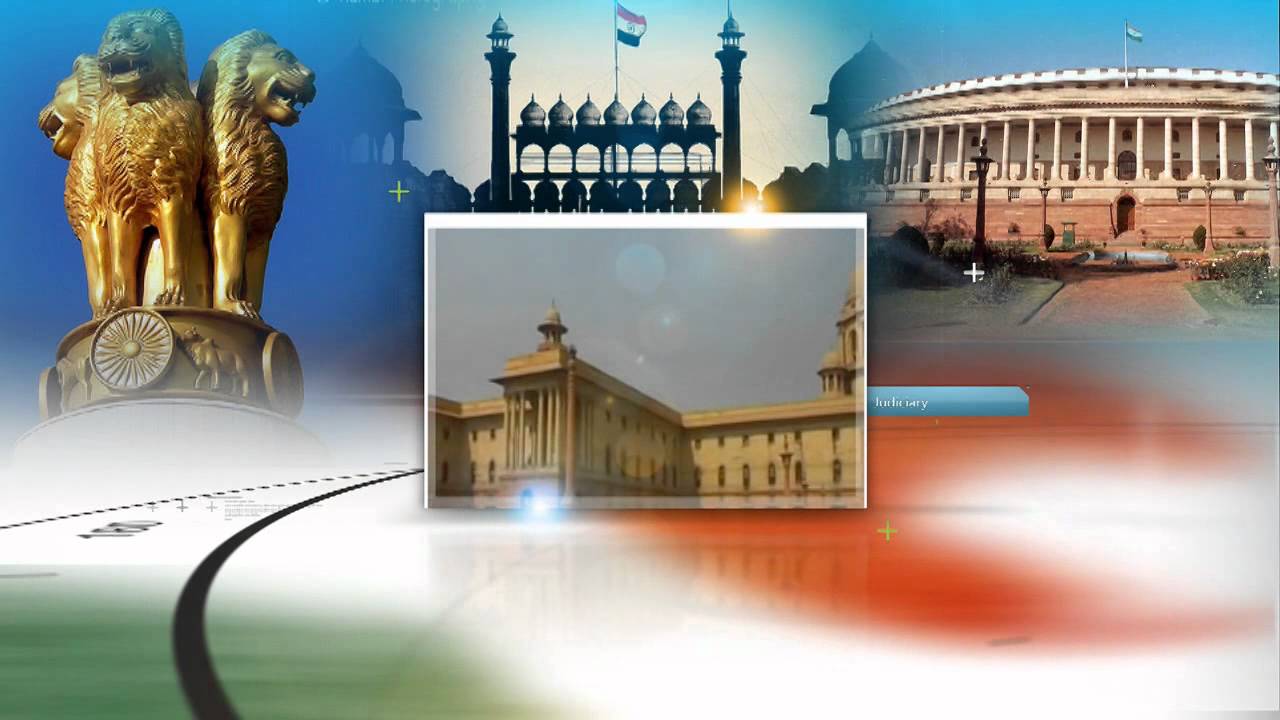Font size:
Print
DBIM and First CIO Conference 2025
Context:
The Ministry of Electronics and Information Technology (MeitY) has taken a major step in India’s digital governance by launching the Digital Brand Identity Manual (DBIM) and organising the first Chief Information Officer (CIO) Conference 2025.
More on News
The event, held in New Delhi, was presided over by Shri Jitin Prasada, Union Minister of State for Electronics and IT, and Shri S. Krishnan, Secretary, MeitY, under the Gov.In: Harmonisation of Government of India’s Digital Footprint initiative.
MeitY’s Role
- The Ministry of Electronics and Information Technology is working with the National Informatics Centre (NIC) to provide technological support and modernise infrastructure.
- The DBIM initiative helps make government priorities more transparent, consistent, and accessible across various platforms.
Key Highlights
- Standardised Digital Presence: DBIM ensures uniformity across all government ministries and platforms, reinforcing the “Minimum Government, Maximum Governance” approach.
- Alignment with PM’s Vision: DBIM supports the “Reform, Perform, and Transform” vision, making digital governance more accessible, inclusive, and citizen-centric.
- User-Friendly Government Websites: The initiative simplifies and standardises websites to improve navigation and accessibility for citizens.
- Central Content Publishing System (CCPS): Enhances transparency by making government policies, schemes, and initiatives easily available.
- AI-Driven Digital Governance: Incorporates artificial intelligence tools and security measures for a trustworthy, efficient, and future-ready ecosystem.
- Contribution to Viksit Bharat 2047: Strengthens India’s e-governance on a global scale.
Key Features of the DBIM Initiative
- Common Digital Interface: Ensures government websites provide a seamless user experience similar to private sector platforms.
- Enhanced Service Delivery: A unified DBIM framework improves efficiency and accessibility across mobile and desktop platforms.
- Role of NIC: The National Informatics Centre (NIC) will modernise government infrastructure to meet evolving digital demands.
- Digital Economy Growth: With the digital economy projected to reach 20% of GDP, ministries must leverage digital tools for better governance.
DBIM Initiative – Key Components
- DBIM Toolkit – Establishes a uniform digital identity.
- Gov.In CMS Platform – A streamlined content management system for government websites.
- Central Content Publishing System (CCPS) – Enables centralised content governance.
- Social Media Campaign Guidelines – Standardises government digital communication.
- DBIM-Compliant Websites – MeitY’s website and four other ministries have migrated to the Gov.In CMS platform, with more to follow.
CIO Conference 2025: Key Discussions
- Unified Digital Brand Identity: Discussions focused on harmonising government websites under a single, standardised digital identity.
- Gov.In Platform Adoption: Key points included managing websites through Gov.In for enhanced accessibility and performance.
- Content Localisation & Inclusivity: Ensuring digital services are accessible to all and localised for diverse Indian audiences.
- Quality Assurance: Compliance with Guidelines for Indian Government Websites and Apps (GIGW) and Standardisation Testing and Quality Certification (STQC) for maintaining quality.
Impact of DBIM on Digital Governance
- Revolutionises Citizen Engagement through a standardised digital presence.
- Strengthens Trust by ensuring consistency and security in government communication.
- Enhances Service Delivery by streamlining digital interfaces and governance processes.


